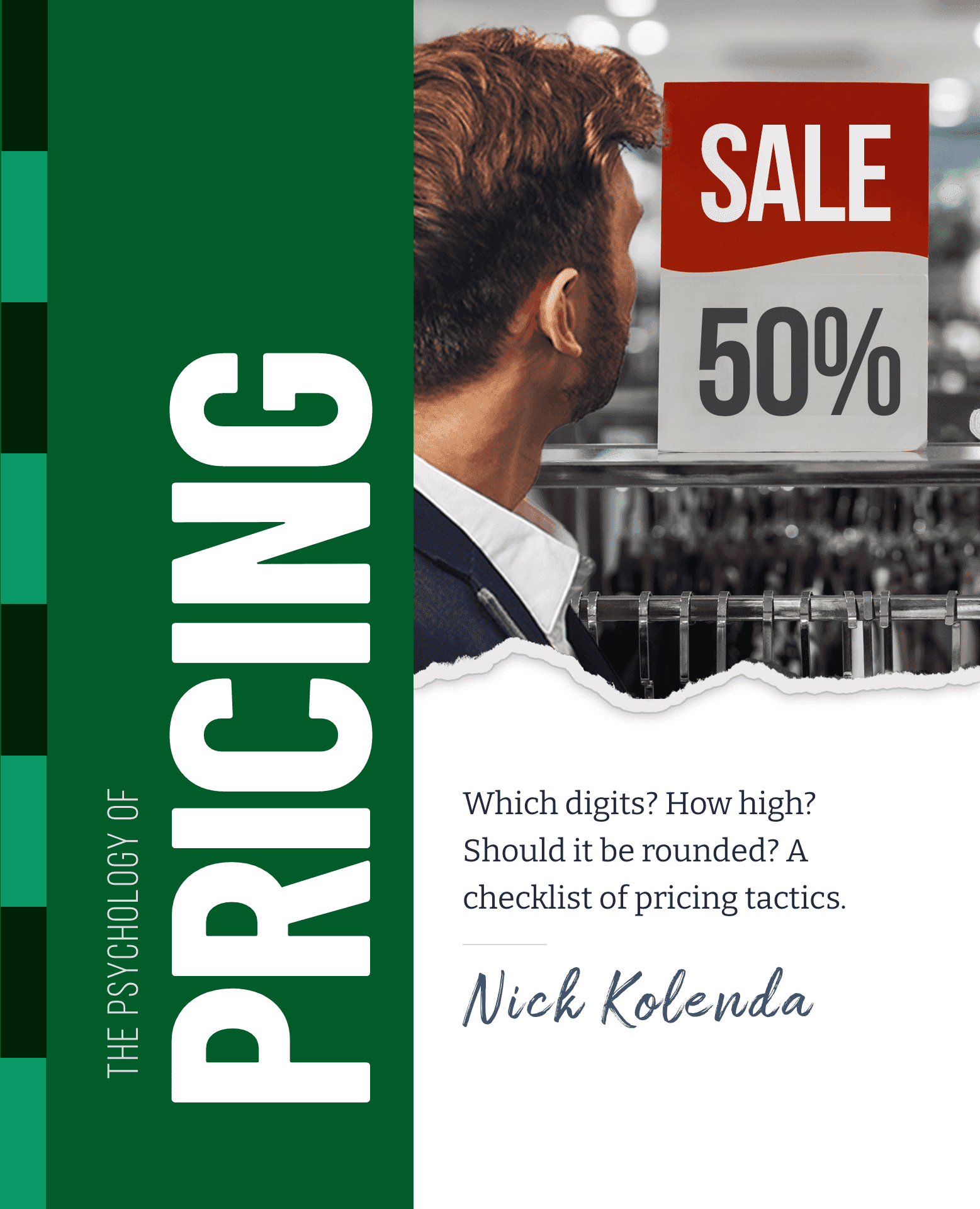
Reduce Digit Averages in High Prices
The left-digit effect backfires for high prices (e.g., $1999) because customers focus on the later digits.
You should typically reduce the left digit in a price.
$5.99 feels lower than $6.00 because your eyes are anchored to the left digit.
But $5.99 has a couple 9’s — which are high digits. Hmm, is that bad? Would it feel larger?
Interestingly, yes.
Usually this effect is trivial because the new left digit is more persuasive. Though it becomes important for prices in the thousands (e.g., $1999; Lin & Wang, 2017).
Ironically, customers pay more attention to these later digits.

Researchers tested a variety of sale prices: $3,111, $3,222, $3,333, $3,444, $3,555, $3,666, $3,777, $3,888, and $3999. For each price, they showed an original price that was $895 more. Ultimately, sale prices with low digits (e.g., 1, 2, 3, 4) converted better (Dogerlioglu-Demir et al., 2022).
Therefore, switch your mindset in the thousands:
- Bad: How can I reduce the left digit?
- Good: How can I reduce the digit average?
Instead of choosing $1999, try a low $2000 price instead.
- The average of 1-9-9-9 is 7.0.
- The average of 2-1-1-1 is 1.5.
Or at least vary the latter digits (e.g., $1985) so that a cluster of 999's won't grab attention.
Caveats
- Be Careful With 0. We need more research to verify these effects.
- Dogerlioglu-Demir, K., Akpinar, E., Gurhan-Canli, Z., & Koçaş, C. (2022). Are 1-endings the new 9-endings? An alternative for generating price discount perceptions. Journal of Retailing and Consumer Services, 66, 102912.
- Lin, C. H., & Wang, J. W. (2017). Distortion of price discount perceptions through the left-digit effect. Marketing Letters, 28, 99-112.

Want more tactics?
Get all my free pricing tactics